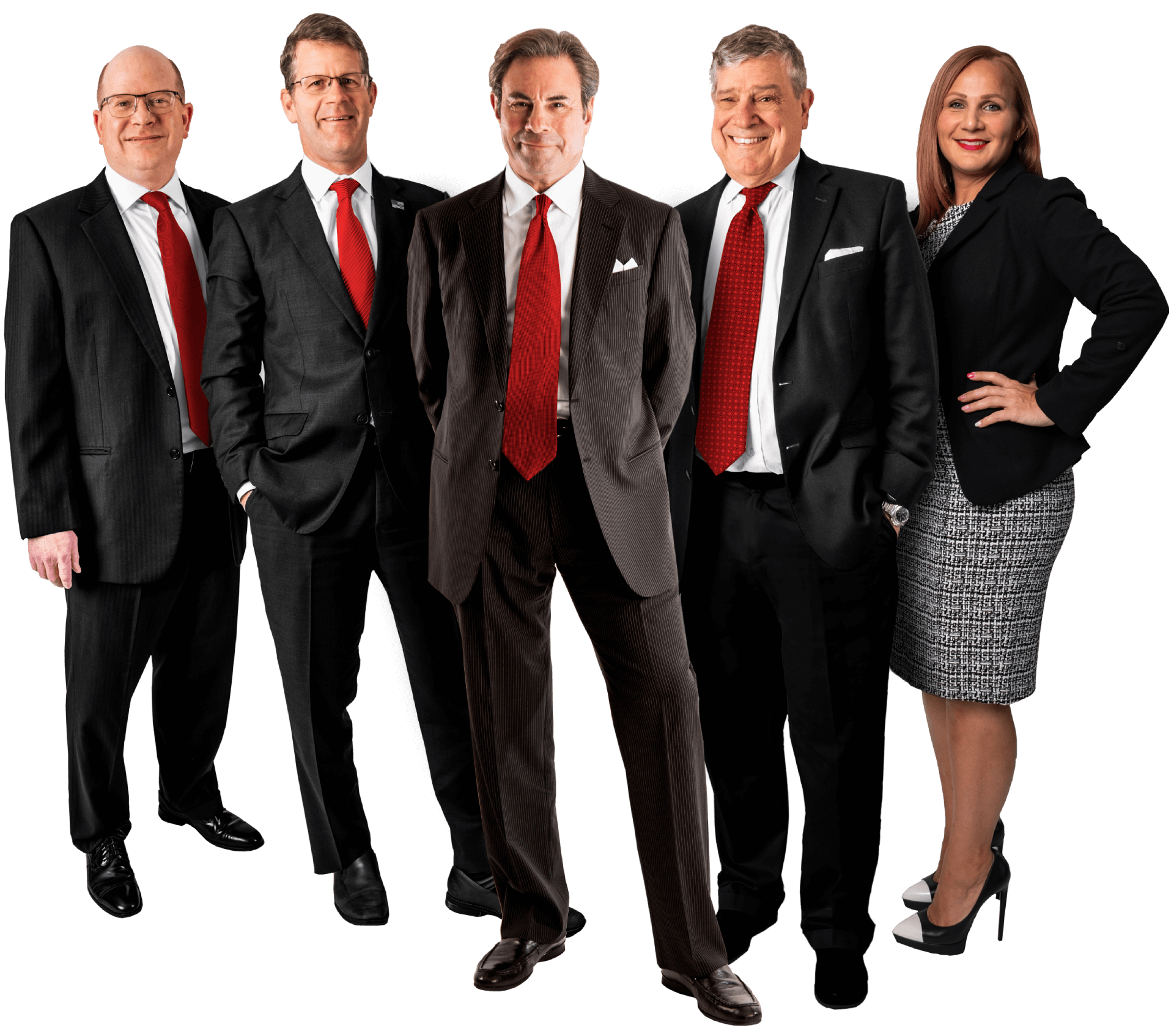Do Automated Driving Systems Make Cars Safer?
Hi-tech companies and government agencies have touted self-driving cars over the last five years. However, automated driving systems remain controversial after a series of crashes.
Although the technology exists for automated cars to appear on the roads tomorrow, numerous legal questions remain about liability when things go wrong.
According to the National Highway Traffic Safety Administration (NHTSA) “fully automated cars and trucks that drive us” will become a reality in the near future.
For some people, that prediction is alarming. Although there is plenty of data showing that human drivers cause most accidents, many people are wary about losing control over their cars.
The NHTSA points out many cars are already equipped with automated driving systems. They have technology that helps prevent drivers from drifting into adjacent lanes or making unsafe lane changes. Some cars have sensors that warn drivers other vehicles are behind them when they are backing up. Some cars now have systems that allow the brakes to be applied automatically if a vehicle ahead of them stops or slows down suddenly.
Automated driving systems of this nature appear to have made cars safer. However, there’s a major difference between automatic components like braking systems with a human driver and cars that take over control.
Concerns Increase over Automated Driving Systems After Wrecks
It may be some time before we see self-driving cars on the highways of Virginia. However, the federal government is requesting states to review regulations that hinder the development of self-driving technology.
Self-driving cars are not so rare in states like California and Arizona where pilot projects are taking place.
However, these states have also seen serious crashes of autonomous cars. Tesla was recently hit by a lawsuit claiming its Autopilot system failed, leading to a crash with injuries.
Heather Lommatzsch sued Tesla in a Utah state court claiming the carmaker was negligent over a crash last year.
Lommatzsch’s Tesla Model S hit a fire truck while in Autopilot mode. The driver, who was looking at her phone because she thought the car was driving itself safely, suffered from a broken foot. Teslas also hit fire trucks in California when on the self-driving Autopilot mode.
Self-Driving Cars are Involved in Accidents
In 2018, an Uber self-driving taxi struck and killed pedestrian Elaine Herzberg in Tempe, Arizona. There was a human driver in the autonomous car, but the car was carrying no passengers.
Even before the fatal self-driving car accident in Tempe, Arizona, many Americans were concerned about the technology.
A study carried out in 2017 by the Pew Research Center found more than half of adults surveyed were somewhat or very worried about the idea of driverless vehicles. About 40 percent of respondents were optimistic about the technology. The research was carried out before a spate of accidents in self-driving cars.
The first death associated with a self-driving car was reported in 2016. Joshua Brown’s Model S Tesla was traveling in autopilot mode on the highway in Florida when it slammed into a tractor-trailer.
The Tesla’s car’s sensors failed to recognize a white truck and trailer crossing the highway against the bright background of the sky. The Model S drove at high speed under the trailer, killing Brown.
While self-driving cars and accidents in automated cars make headlines, cars are increasingly incorporating automated features like emergency braking.
Automated Emergency Braking Systems on Cars
Since the early 2000s, certain car manufacturers have fitted automated emergency braking systems (AEB) on selected models.
In 2016, big automakers that control 99 percent of the U.S. market agreed to make AEB a standard feature across almost all models of cars by 2022, reported Consumer Reports.
As automatic braking systems become standard on cars, we are likely to see a rise in technical and mechanical issues that result in crashes. Testing of these systems by a team from Car and Driver uncovered widely different results.
A recent review of complaints about AEB systems filed with the National Highway Traffic Safety Administration (NHTSA) uncovered numerous problems. Consumers cited many issues across vehicle makes and models.
The 2018 Volkswagen Atlas received about a dozen complaints. Drivers warned of sudden and unexpected braking. Drivers said their safety was on the line, especially when their brakes applied unexpectedly when they were attempting to cross several lanes of traffic.
In March 2019, the Center for Auto Safety requested an investigation by NHTSA over a problem with automatic brakes on Nissan Rogues. Almost 90 instances of unwarranted braking were reported on SUV models with automatic braking systems.
Who to Sue When Automated Driving Systems Fail
Over the last decade, many of the big car manufacturers announced massive recalls after defects caused injuries and deaths. Sudden acceleration, vulnerable gas tanks, and exploding airbags caused fatalities across the country. Increased automation is likely to mean more lawsuits against carmakers. If you or a family member has been hurt by a defecive car, please call our Virginia injury lawyers at (757) 244-7000.






